Construction Site
 If you’re using Internet Explorer, you may have noticed that the navigation menu and logo on the Reschool Yourself site look all jacked up. The problem is apparently with how the software displays web pages. Explorer is known for its bugginess, so I’d recommend downloading Firefox anyway. It’s free, and apparently available in languages like Belarusian and Gujarati if you happen to speak them.
If you’re using Internet Explorer, you may have noticed that the navigation menu and logo on the Reschool Yourself site look all jacked up. The problem is apparently with how the software displays web pages. Explorer is known for its bugginess, so I’d recommend downloading Firefox anyway. It’s free, and apparently available in languages like Belarusian and Gujarati if you happen to speak them.
You’ll notice that the website continues to evolve. I started it knowing very little about web and blog design, and I’ve been improving it a little each day by teaching myself or asking Darren’s help. I’m happy to report that my technophobia is on the decline, and in the last two months I’ve learned a bit about the following:
- WordPress & other blogging software
- Transferring files using an FTP site
- HTML
- CSS
- Digital filmmaking with iMovie & YouTube
- Widgets, plug-ins, themes, feeds, and other blog fancifiers
- Google Ads & Analytics
- Adobe Photoshop basics
To my fellow tech dinosaurs: If I can learn these things, you can, too. It’s amazing how many how-to’s you can find on the Interweb, and how much your friends can teach you in a few minutes.
If you have requests for features that would make the site easier to use, let me know. For example, some of you have suggested integrating Digg and ClickComments. They’re on the list, so stay tuned. By December, I plan to have reschooled myself in technology and communicate exclusively in binary.
Flickr Creative Commons image courtesy of billjacobus1.
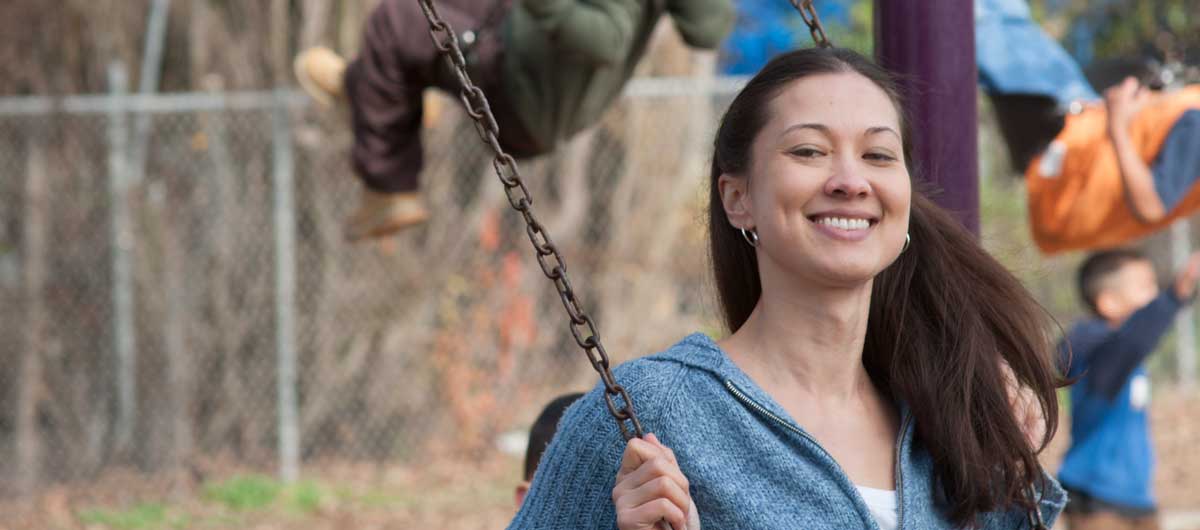
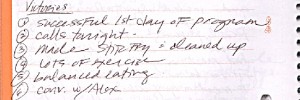
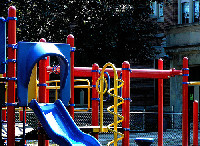 In returning to my elementary school, I never expected to “step into the same river twice.” I knew that the school had changed quite a bit since I attended it from 1985-1991. Over the years, I’d taken occasional walks around the campus and seen new jungle gyms (or “big-toys” as we used to call them) installed and the paint accents go from red to green. I’d seen the library and office move locations, and new portables installed.
In returning to my elementary school, I never expected to “step into the same river twice.” I knew that the school had changed quite a bit since I attended it from 1985-1991. Over the years, I’d taken occasional walks around the campus and seen new jungle gyms (or “big-toys” as we used to call them) installed and the paint accents go from red to green. I’d seen the library and office move locations, and new portables installed.
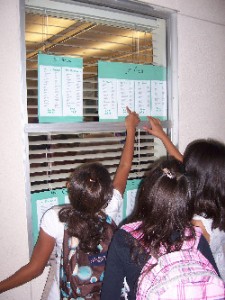 At around 7:45 am, I headed to the kindergarten room where I’ll be volunteering through next Monday. My original kindergarten room now houses a first-grade class where I’ll volunteer next week, and the kindergarten is now in a portable next to the play yard. Barbara, the teacher and a family friend, is honestly one of the kindest people I know. Someone recently said, “People can’t mention Barbara without adding, ‘She’s so nice!'” Barbara asked me to help greet the families as they came in and get the kids settled, helping them hang their backpacks in cubbies and showing them puzzles that would occupy them as their parents left.
At around 7:45 am, I headed to the kindergarten room where I’ll be volunteering through next Monday. My original kindergarten room now houses a first-grade class where I’ll volunteer next week, and the kindergarten is now in a portable next to the play yard. Barbara, the teacher and a family friend, is honestly one of the kindest people I know. Someone recently said, “People can’t mention Barbara without adding, ‘She’s so nice!'” Barbara asked me to help greet the families as they came in and get the kids settled, helping them hang their backpacks in cubbies and showing them puzzles that would occupy them as their parents left.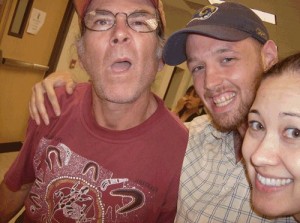
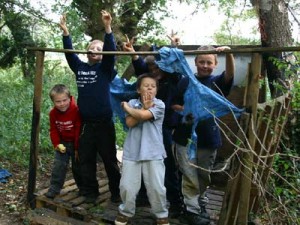
 For the next few days, Darren and I will be making major changes to the website: switching servers, implementing the official design, and adding new features. If the site gives you any hassle, know that we’re just giving it a tune-up and will have it out of the shop in a jiffy.
For the next few days, Darren and I will be making major changes to the website: switching servers, implementing the official design, and adding new features. If the site gives you any hassle, know that we’re just giving it a tune-up and will have it out of the shop in a jiffy.